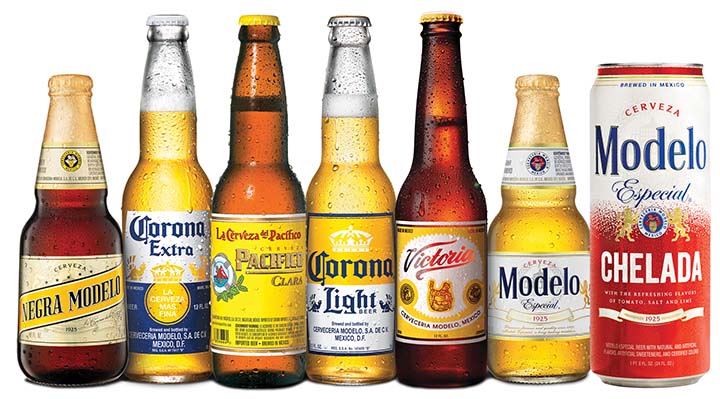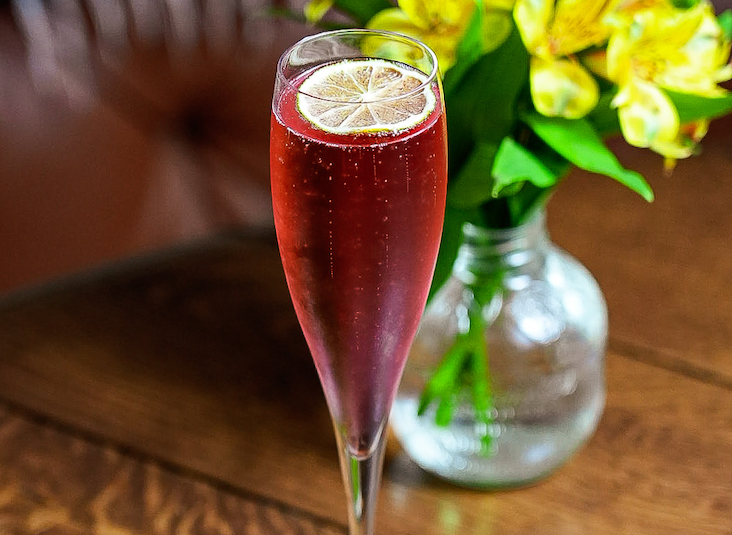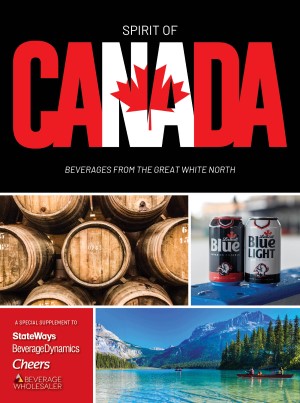Imported beers have long carried a mark of sophistication for American drinkers.
The local Irish bar that boasted a well-poured Guinness or the traditional restaurant that tapped casks of Oktoberfest beer for a German immigrant community offered a variety of novel flavors to those in the know.
The selections were limited, and the stock sometimes far from fresh, but at a time when U.S. brewing was at its most homogeneous, the imported brands introduced drinkers to the great brewing traditions beyond our shores.
Today, the sheer number of imported brands, coming in a dizzying range of styles, mirrors the diversity of domestically produced beers. Like American brands, though, the import market is dominated by a relatively small number of beers that are widely available and well supported by advertising and promotions.
Another similarity with leading American brands: Most imports are of one general style―the modern pale lager.
 Imports as a category are enjoying healthy growth in volume of 5.4% last year, according to the Beverage Information Group (the research arm of Cheers’ parent company), whereas the similarly styled American majors are stalled or losing share. The import identity itself clearly still has some cachet: Analysts still talk about the phenomenon of consumers “trading up.”
Imports as a category are enjoying healthy growth in volume of 5.4% last year, according to the Beverage Information Group (the research arm of Cheers’ parent company), whereas the similarly styled American majors are stalled or losing share. The import identity itself clearly still has some cachet: Analysts still talk about the phenomenon of consumers “trading up.”
How do imports fulfill that desire to upgrade one’s beer? “Consumers today, specifically Millennials, want the best,” says Bridget Lasda, vice president of national accounts at Heineken USA. “They have a strong appreciation for higher-quality products that elevate their experiences and are willing to spend more on brands that complement their lifestyle,” she says.
The company expects import share to continue to improve as more Millennial and multicultural consumers reach legal drinking age, Lasda adds. “These consumers are more likely to equate cost with quality and shop the upscale import segment where quality, variety and image play a key role.”
Southern Success
Imports as a whole appear robust, but one segment leads the rest: Mexican brands account for six out of the 10 top-selling imports.
“The story of imports has been the story of Mexican beer for the past several years―they’re really driving the bus, so to speak, in that segment,” says Dan Wandel, principal, beverage alcohol client insights with IRI. For the past five years, the Mexican imports have consistently outpaced all other imports, he notes.
Constellation Brands is the dominant player, now dealing primarily in Mexican brands. According to Jim Sabia, chief marketing officer in the company’s beer division, “Our portfolio accounts for more than half the growth in the import category. If you think about the growth of imports, the seven brands in our portfolio are driving a lot of that growth.”
Number-one brand Corona Extra continues four years of steady growth. Corona in cans opened a new market last year; Corona and Corona Light on draft have expanded the on-premise possibilities.
Corona Light, lagging behind its full-calorie sibling, will be promoted next year for both its Mexican qualities and its light character. “Corona Light continues to evolve our new platform of ‘Light Cerveza,’” says Sabia. “We are a light beer, but we are a light cerveza, which gives us a little more of that Latino attitude.”
Constellation’s runaway success story, boasting 22% growth, is Modelo Especial. The brand was supported with television advertising in 2015 for the first time. Negra Modelo is arguably the most “craft-like” of the Mexican imports, in that it’s a darker, more deeply flavored beer. The brand in 2014 started a culinary partnership with chef Rick Bayless, who offers recipes online for dishes to pair with the Vienna-style lager.
World of Beer in Cary, NC, focuses on specialty beers, primarily American craft. The 10 taps devoted to imported beers tend to be small-production brews. “We do have a bottled selection from Mexico, the Negra Modelo and Especial, but we don’t have Corona,” says beverage manager Tim Paine.
Heineken USA also imports Dos Equis, which has ridden its meme-worthy ad campaign “The Most Interesting Man in the World” to another year of double-digit growth, and Tecate.
The number-one beer in Mexico, Tecate Light is now successfully reaching domestic audiences, growing 11% from 2013 to 2014. “Tecate Light is outperforming the category with YTD growth of 45.3% [Nielsen],” says Lasda.
“Unlike other brands in the light beer segment, Tecate is connecting with its target consumers―bicultural Mexican-American men―emotionally through digital and social campaigns that speak to their bold, independent and masculine character,” Lasda notes. For instance, the “Born Bold” campaign, targeting bicultural Hispanics in the Sunbelt states, ran this past spring.
Cultural Appeal
The conspicuous success of Mexican imports defies any single explanation. Constellation’s Sabia tends to look to the individual brands and the company’s record of connecting with consumers.
“Everything begins with the liquid and what is the consumer looking for in the liquid,” Sabia says. “But after they say to themselves, ‘Okay, I want this type of product,’ then it’s all about the branding of that product―the marketing, the emotional connection, all those consumer touch points along the way that make them proud to drink this product.”
Population changes and demographics have also put Mexican beers in a golden position as Hispanic numbers grow in the U.S. Mexican imports do not have to be marketed narrowly to Hispanic audiences to benefit.
“Hispanic culture is having a profound effect on America, influencing everything from food and beverages to music, sports, film, fashion and more,” notes Lasda. “As this influence continues to grow, so too, are Mexican beer brands. They have strong appeal among young Hispanic/multicultural consumers―a demographic projected to account for 70% of future beer category growth.”
IRI’s Wandel points out another quality: Mexican beers offer customers an alternative to the higher-alcohol craft beers that are increasingly the norm.
“My theory is that you can’t expect someone to sit there all night with four or five 8% to 10% ABV craft beers!” he laughs. “You’ve got to give them a come-down beer.” And clearly the Mexican imports play in that sweet spot, Wandel notes. “They offer a sessionable beer while still offering the image of trading up.”








